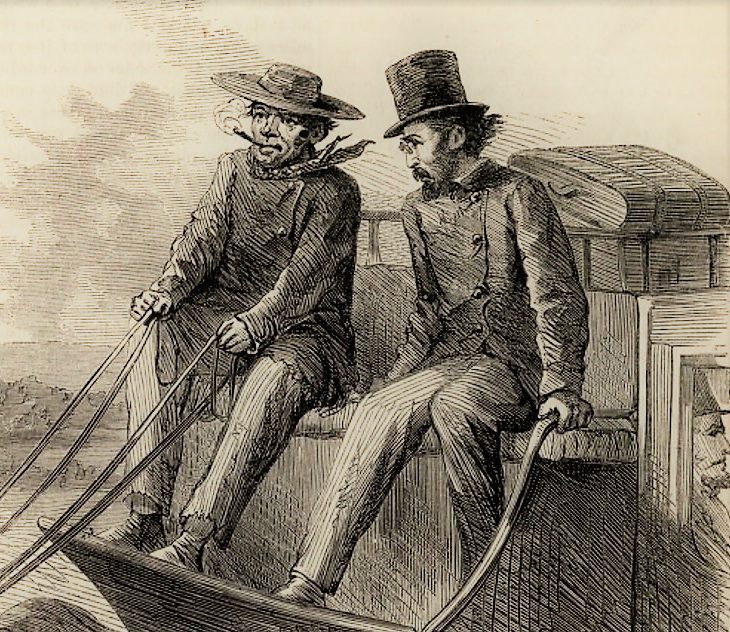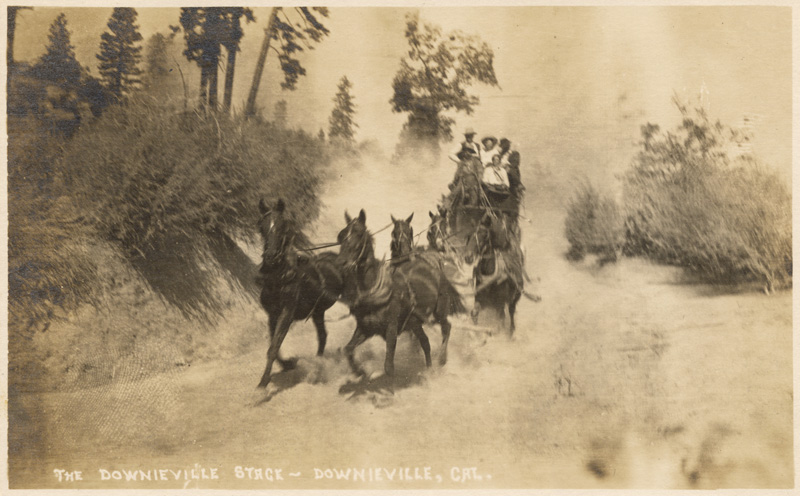On December 18, 1879, One-Eyed Charley, one of the legendary stagecoach drivers of early California, dies of tongue cancer.
As locals prepare the body for burial in Watsonville, they discover a secret Charley has kept for decades: The coarse, hard-drinking stagecoach driver was born a woman. “Charley” is the shortened version of Charlotte.
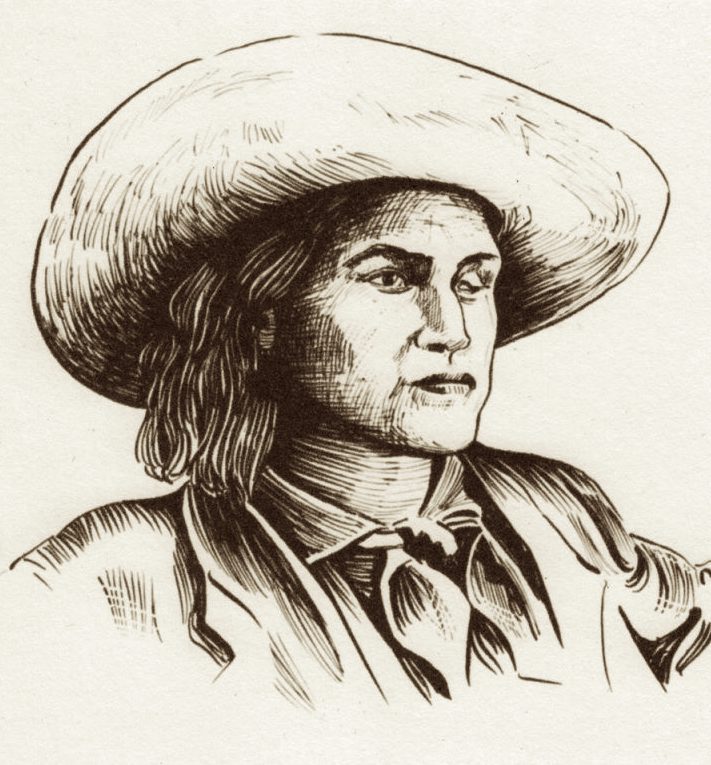
Born in Vermont and orphaned as a young child, Charley is taken in by the owner of a livery stable and trained in coach driving. Two decades later, Charley travels to California during the Gold Rush to seek one of the fortunes that seems so easy to gain.
Arriving in California, Parkhurst is almost immediately seriously injured by the kick of a horse, permanently losing sight in one eye, the origin of the sobriquet.
Parkhurst quickly realizes that being a skilled stage driver is far more profitable than panning for gold, and signs with the California Stage Company ferrying passengers and supplies between the cities of Northern California.
In spite of his disability, Charley quickly earns a reputation as a skilled “whip,” who can quickly and safely navigate California’s most challenging routes.
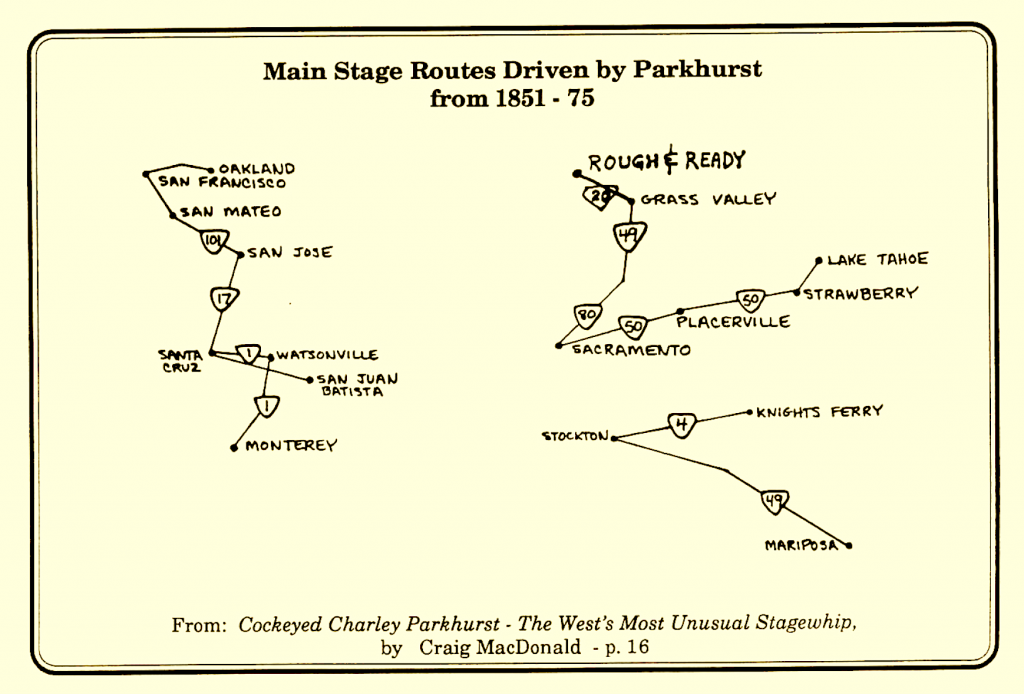
In his private life, Charley is known as a hard-living loner who drinks frequently, smokes cigars, and chews tobacco. Charley also shows bravery in fighting off would-be bandits trying to ambush and rob stagecoaches, killing at least one attacker in an attempted hold-up.
Eventually, One-Eyed Charley is recognized as one of California’s premier “Jehus,” a term reserved for the best and fastest coach drivers in the West. Jehu is a Biblical king who in Chapter 9, Verse 20 of the second Book of Kings is described as someone who “driveth furiously.”
The railroad begins putting the stagecoach out of business and after years on the bumpy mountain trails of California, Parkhurst retires to Santa Cruz County, living in the towns of Soquel, Aptos, and Watsonville, then a small town of about 1,000 residents.
In 1868, the Santa Cruz Sentinel includes Charles Darkey Parkhurst on a list of registered voters in Soquel. It’s widely believed that Parkhurst is the first woman to vote in a California election — 53 years before women are granted that right.
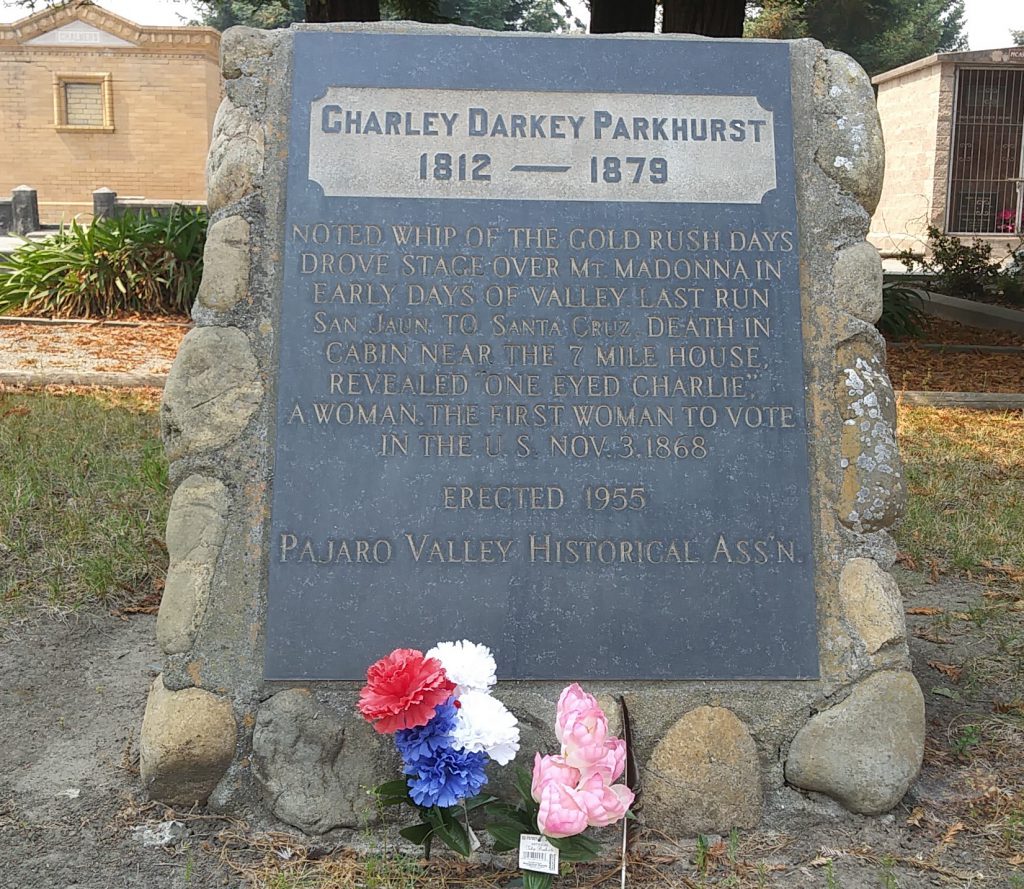
After death, Parkhurst’s body is interred at the Watsonville Pioneer Cemetery. Today, the grave is marked with a plaque by the Pajaro Valley Historical Association that describes Parkhurst as “The first woman to vote in the United States.”
After describing Parkhurst as “thrifty, industrious and economical” in an 1880 obituary, the Sentinel says:
“Why this woman should live a life of disguise, always afraid her sex would be discovered, doing the work of a man, may never be known. (But) who shall longer say that a woman cannot labor and vote like a man?”
TOP PHOTO: California State Parks
